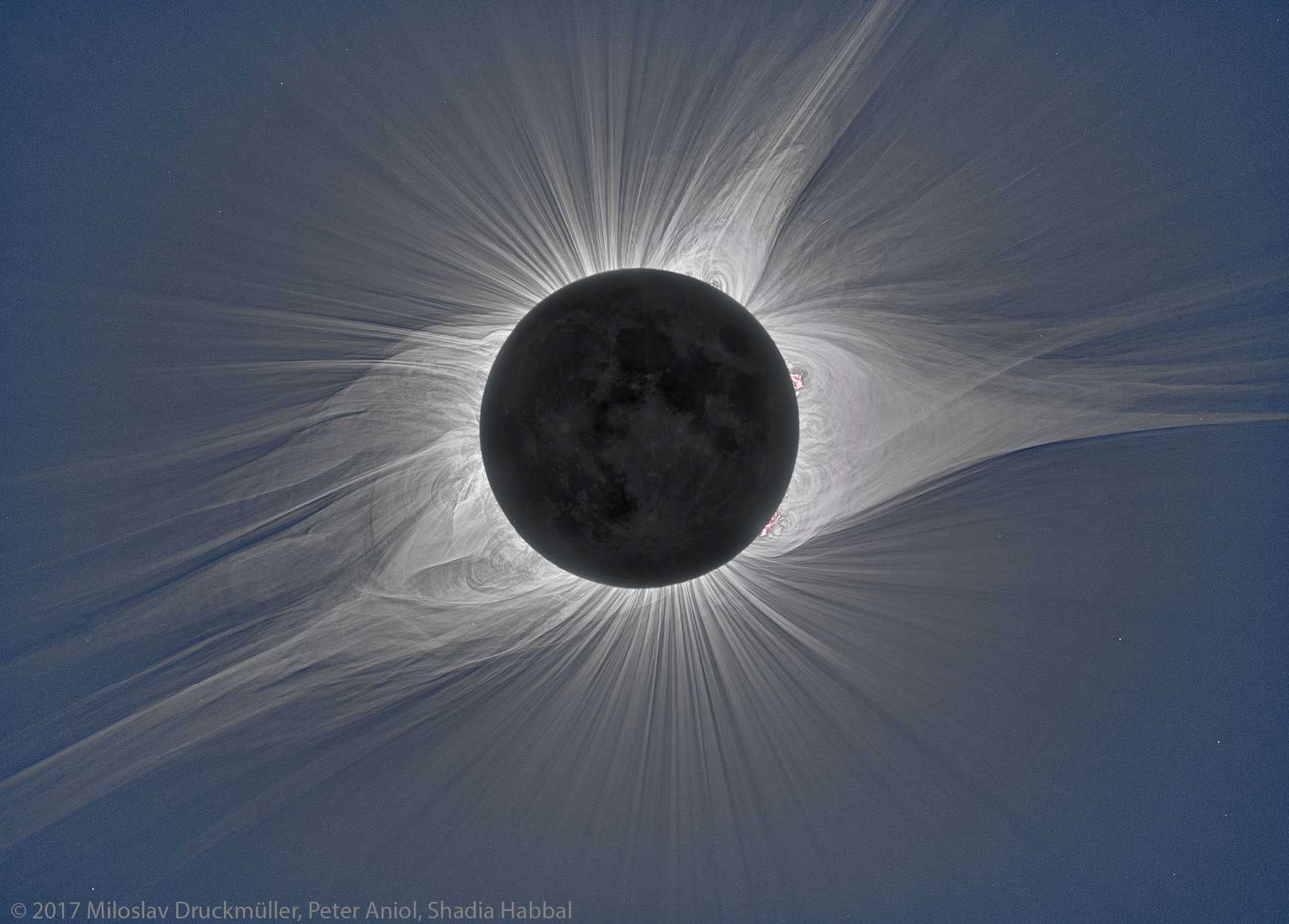

The probe has dipped as close as 5.3 million miles from the surface of the sun - Mercury is 32 million miles from that solar surface - and is flying through the solar wind, through streamers (rays of magnetized solar material) and even at times through coronal mass ejections, those huge eruptions of magnetized plasma flying at speeds up to nearly 2,000 miles per second. The Parker Solar Probe has been swinging further and further into the Sun’s corona, having just finished its 12th of 24 descents into a world of super-heated matter (plasma) where no human creation has ever gone. To borrow from singer Paul Simon, these are definitely days of miracles and wonders - at least when it comes to exploring and understanding our Sun.
Parts of sun corona movie#
The movie is from orbit 10 and dates and distances are on the frames, and changing locations of planets are in red. The perihelion is a brief moment during the encounter time, when the spacecraft is at its closest point to the Sun.
Parts of sun corona full#
Particularly welcome are papers highlighting the coupling processes between the different domains in this complex system.This movie is built from images taken over 10 days during the full perihelion encounter when the spacecraft was nearing the Sun’s corona.

This session provides a forum to discuss the chain of processes and relations from the Sun to the Earth's surface: the origin and long-term and short-term evolution of solar activity, initiation and temporal variations in solar flares, CMEs, coronal holes, the solar wind and its interaction with the terrestrial magnetosphere, the ionosphere and its connection to the neutral dominated regions below and the plasma dominated regions above, the stratosphere, its variations due to the changing solar activity and its interactions with the underlying troposphere, and the mechanisms of solar influences on the lower atmosphere on different time-scales. To understand how the variable solar activity affects the Earth's environment, geomagnetic activity and climate on both short and long time scales, we need to understand the origins of solar activity itself and its different manifestations, as well as the sequence of coupling processes linking various parts of the system.
Parts of sun corona driver#
Space climate governs long-term variations in geomagnetic activity and is the primary natural driver of terrestrial climate. Longterm variations in the frequency, intensity and relative importance of the manifestations of solar activity are due to the slow changes in the output of the solar dynamo, and they define space climate. The Sun, Its Extended Corona, the Interplanetary Space, the Earth's Magnetosphere, Ionosphere, Middle and Low Atmosphere, are All Parts of a Complex System - the Heliosphere Various manifestations of solar activity cause disturbances known as space weather effects in the interplanetary space, near-Earth environment, and all the Earth's "spheres.


 0 kommentar(er)
0 kommentar(er)
